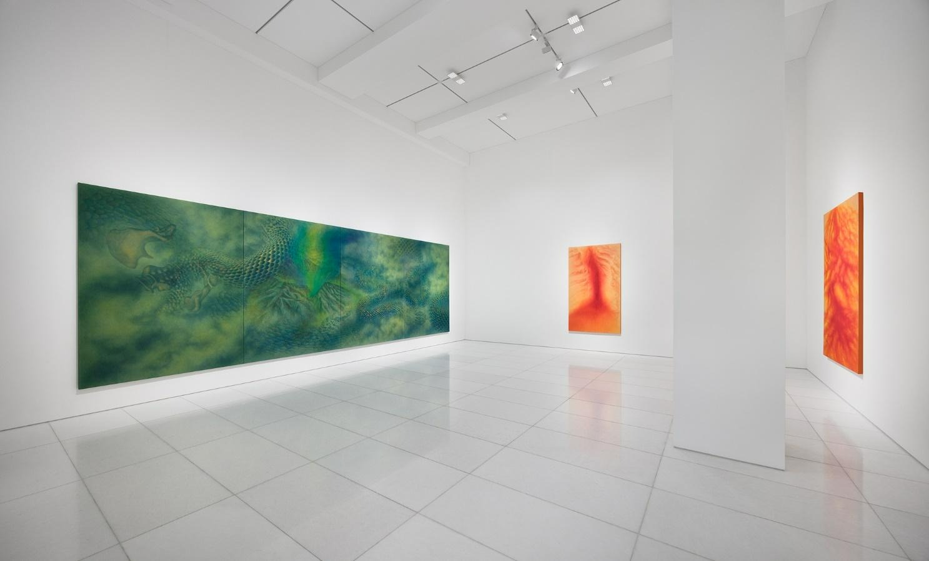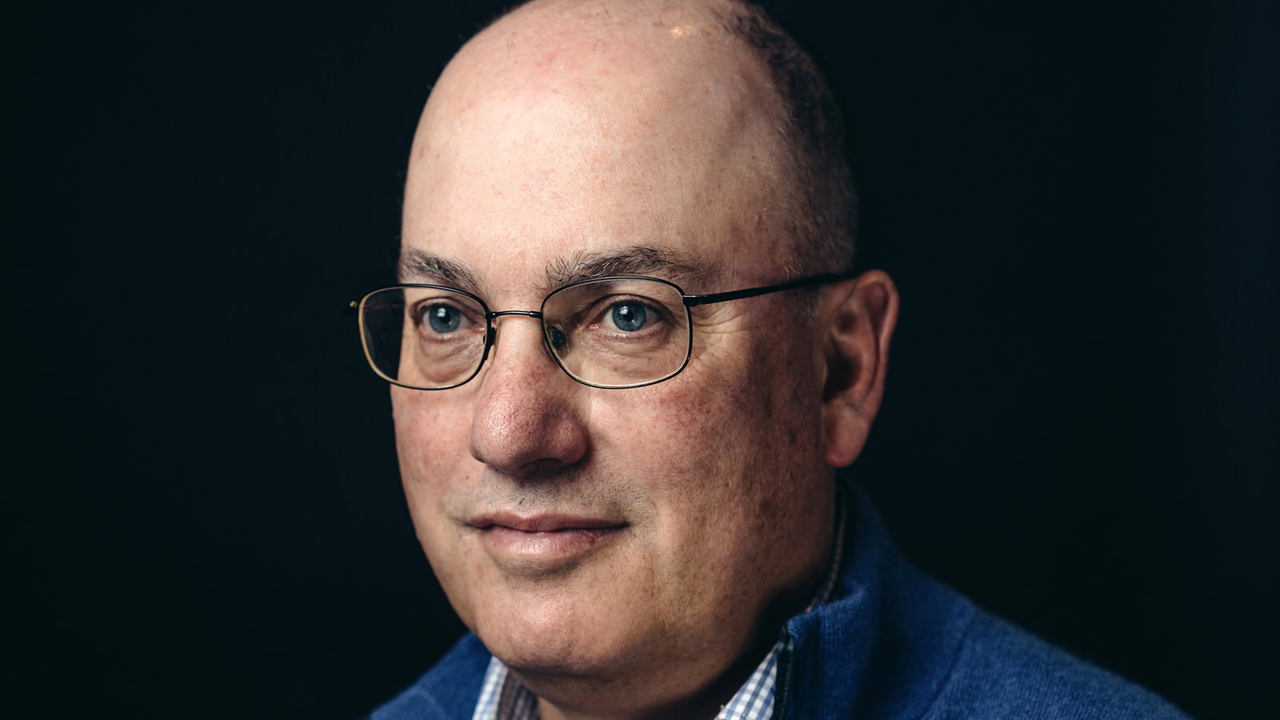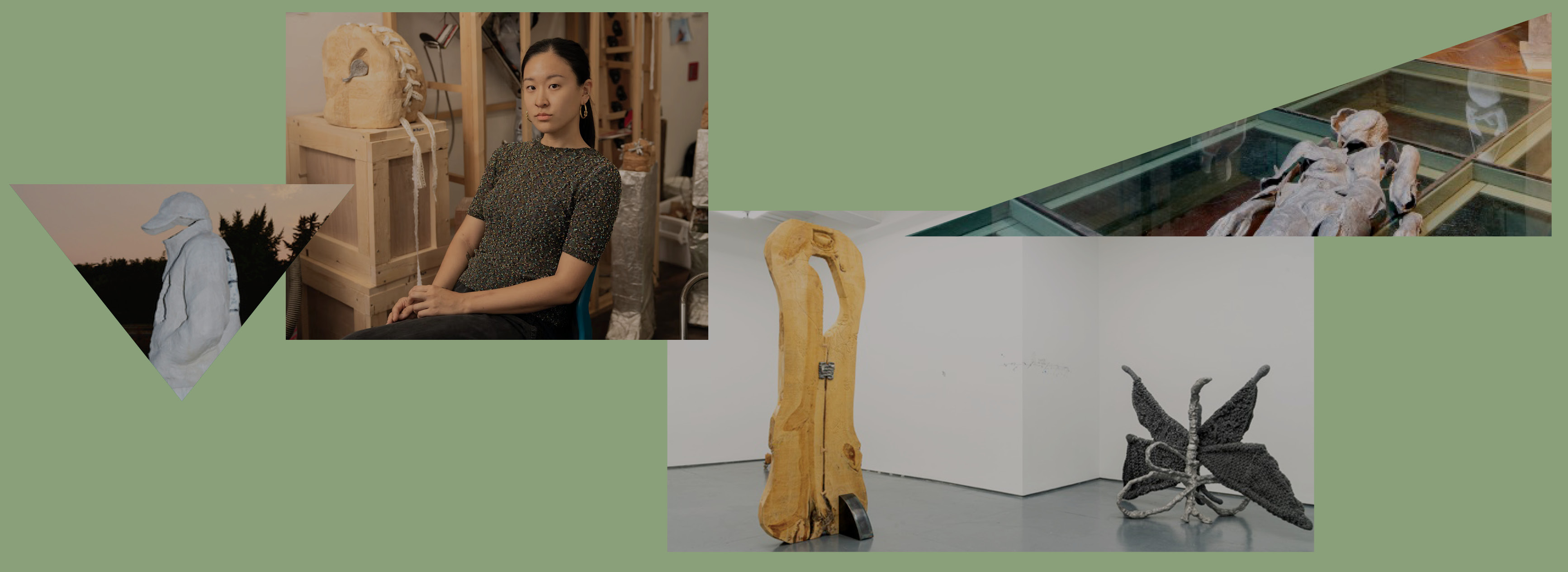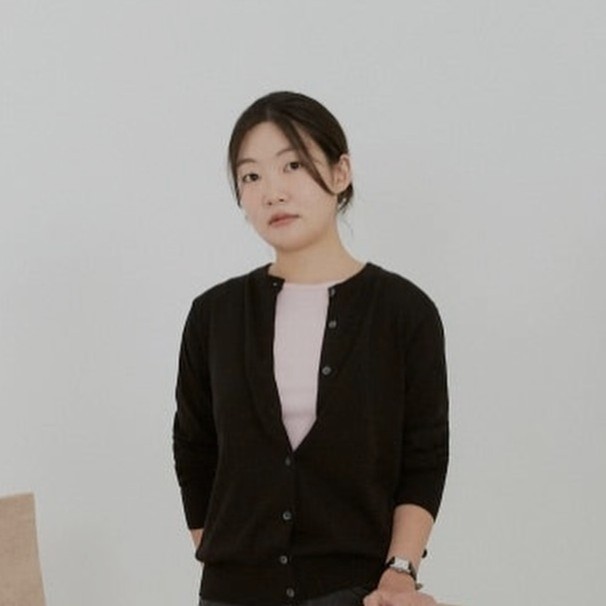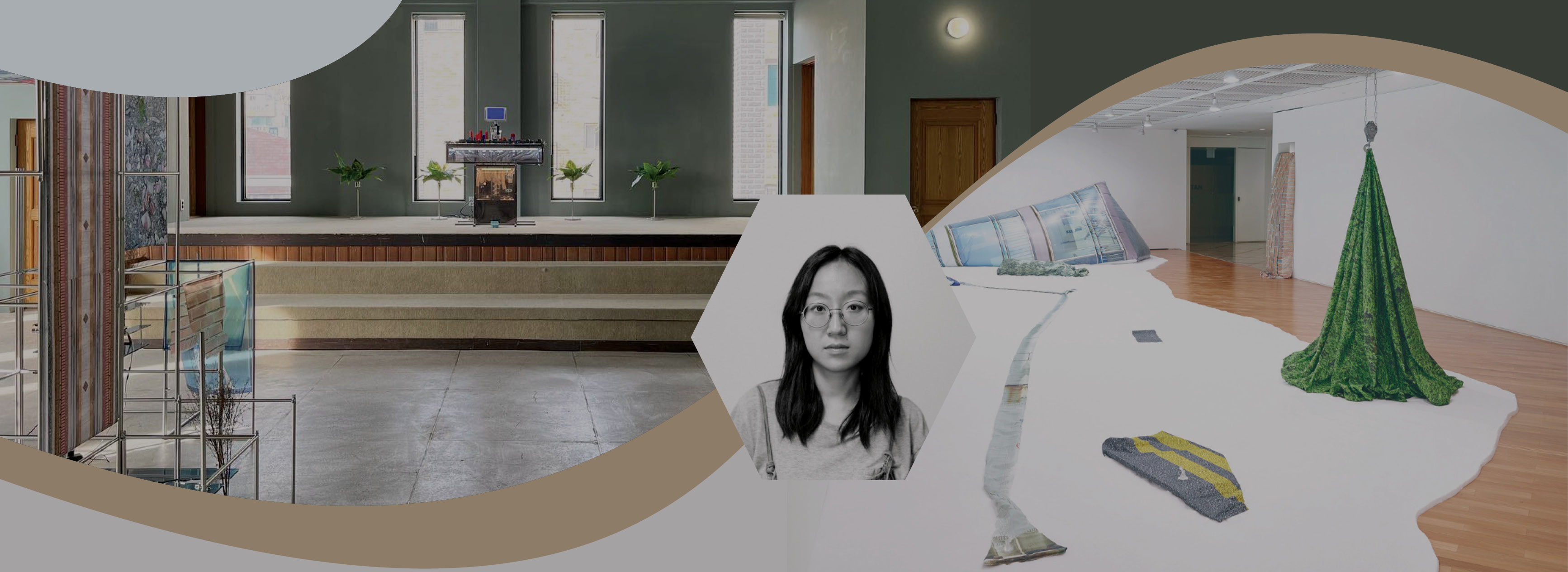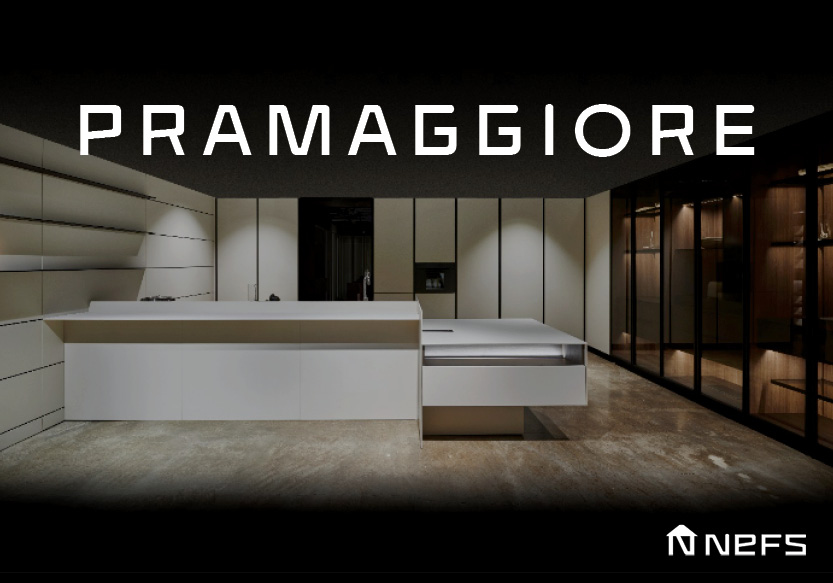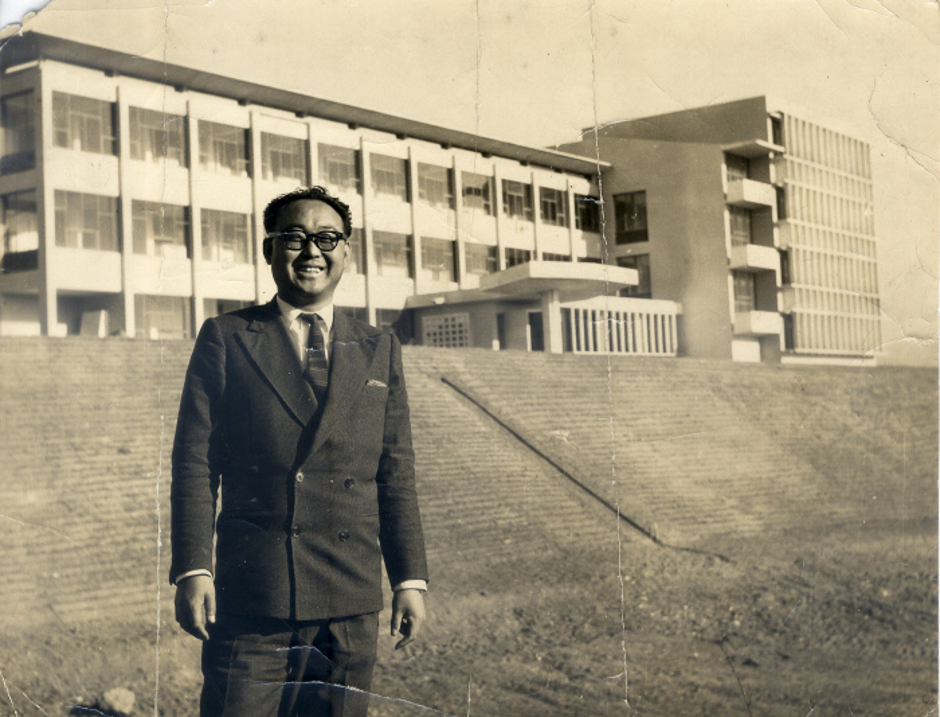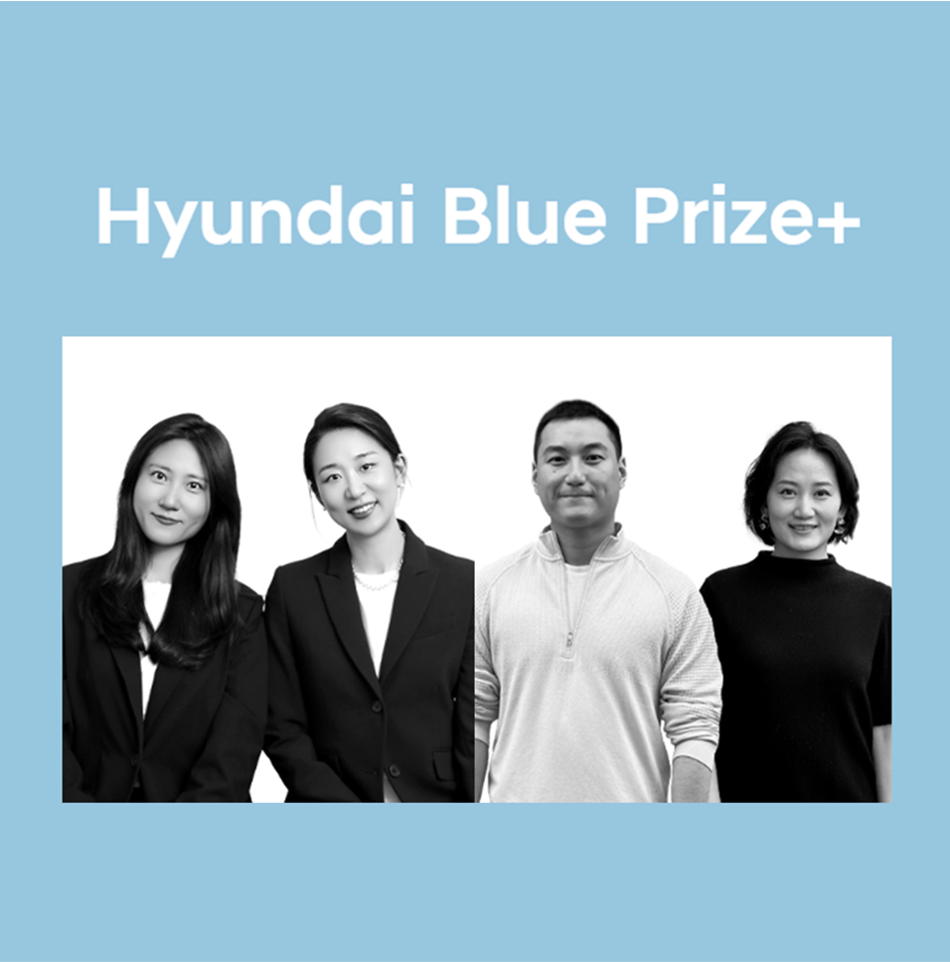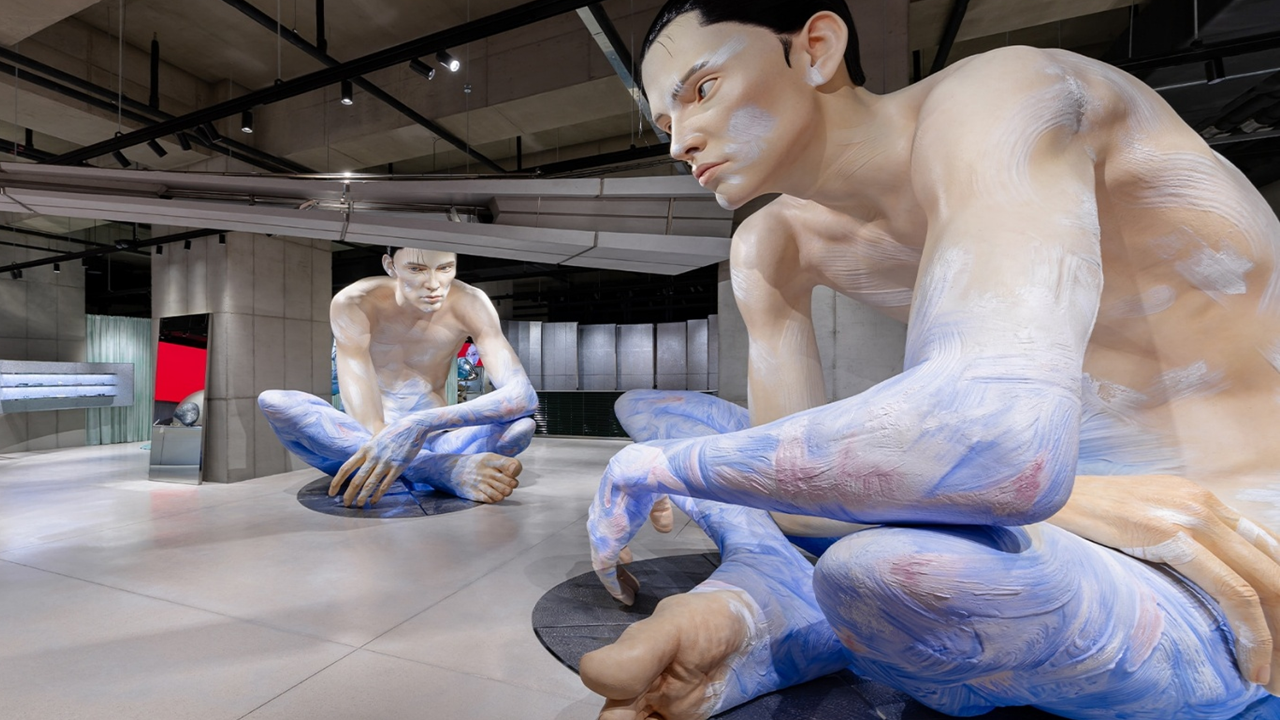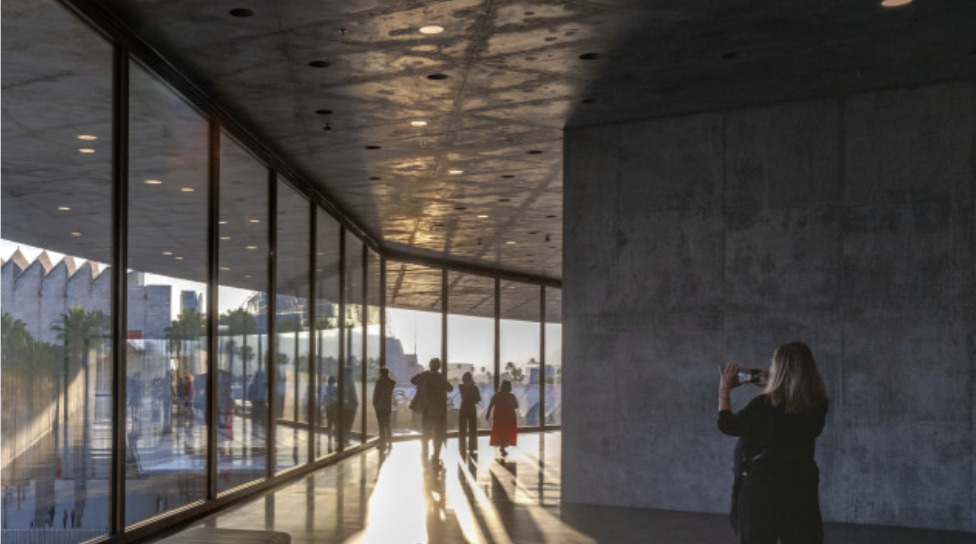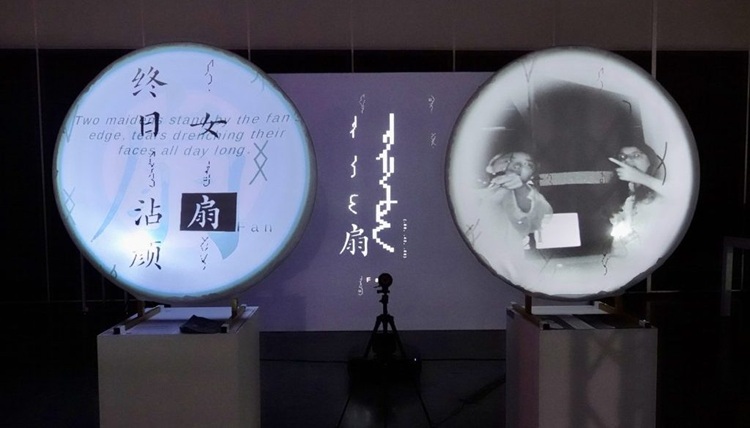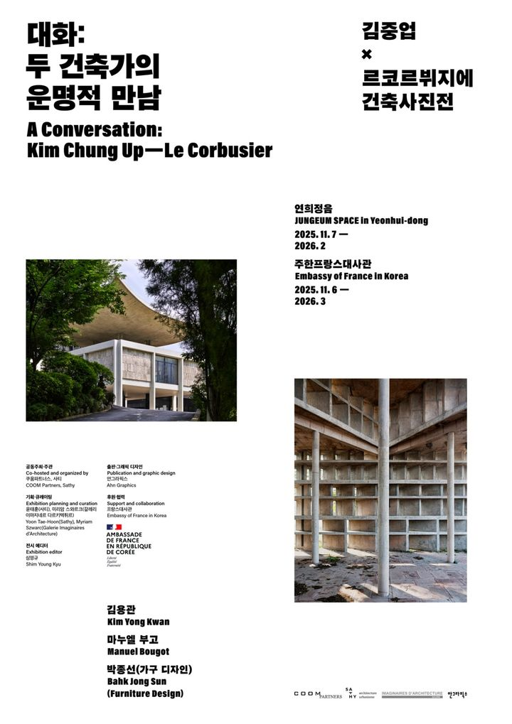
Official Poster
In the quiet
alleys of Yeonhui-dong, Seoul, two architects from different centuries meet
again.
In 1952, in Venice, a young Korean architect, Kim Chung-up,
knocked on the door of Le Corbusier’s atelier in
Paris. Seventy years later, their encounter comes alive once more—through
photography, space, and design.

Le Corbusier (front row, second from right) with his apprentice Kim Chung-up (back row, fourth from left) / Photo: Maeil Business Newspaper
As the title
suggests,《Dialogue: The Fateful Encounter Between
Two Architects》is a conversation across
time, with architecture as the medium.
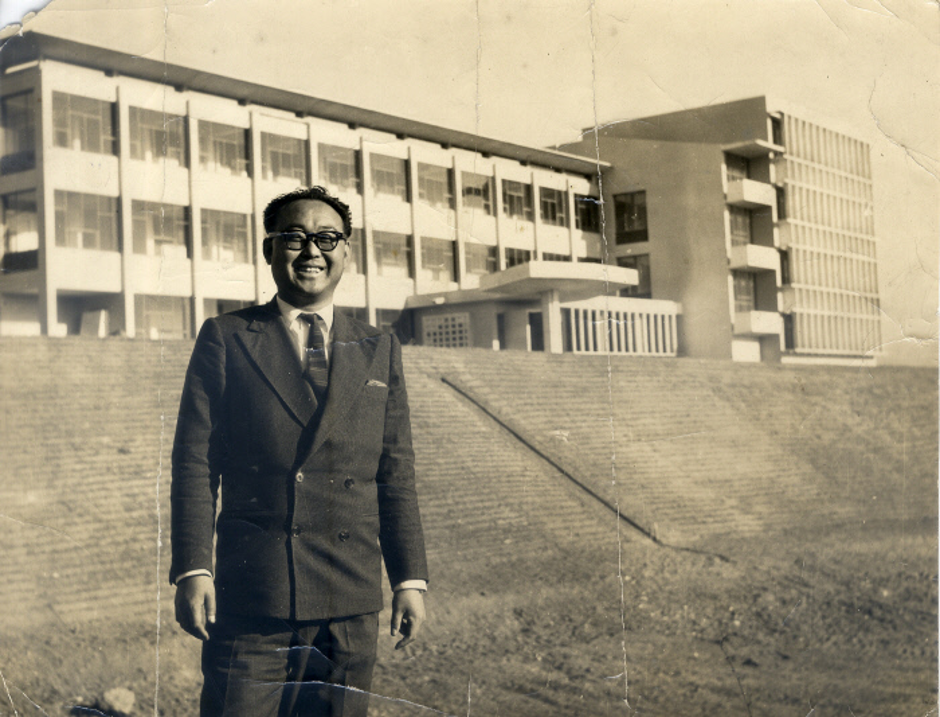
Kim Chung-up, personal archive / Courtesy of Kim Chung-up Architecture Museum
Architecture
Speaks, and Time Answers
This exhibition
examines how Kim Chung-up’s architectural materiality and Le Corbusier’s
philosophy can be reinterpreted through the lens of the present.
Two minds that met at the height of modern architecture in the 1950s find
resonance again within today’s Seoul.
Through the intersection of Le Corbusier’s geometric rigor and Kim’s regional
sensitivity, the exhibition poses a central question: “What does
architecture say when it speaks the language of time?”
A Reunion
Across Time and Space
From Villa
Savoye to Chandigarh, Le Corbusier
shaped the architectural DNA of the 20th century. His architecture transcended
rational form—it became a choreography of light and space.
Building upon
that discipline, Kim Chung-up infused modernism with Korean aesthetics. His French
Embassy in Seoul (1968) stands as the synthesis of that encounter—a
dialogue where Western rationality meets the lyrical curve of Korean tradition.
Now, that embassy
and Kim’s later residence, Yeonhui Jeongeum, are
reconnected, forming a living field of dialogue that bridges eras and
continents.
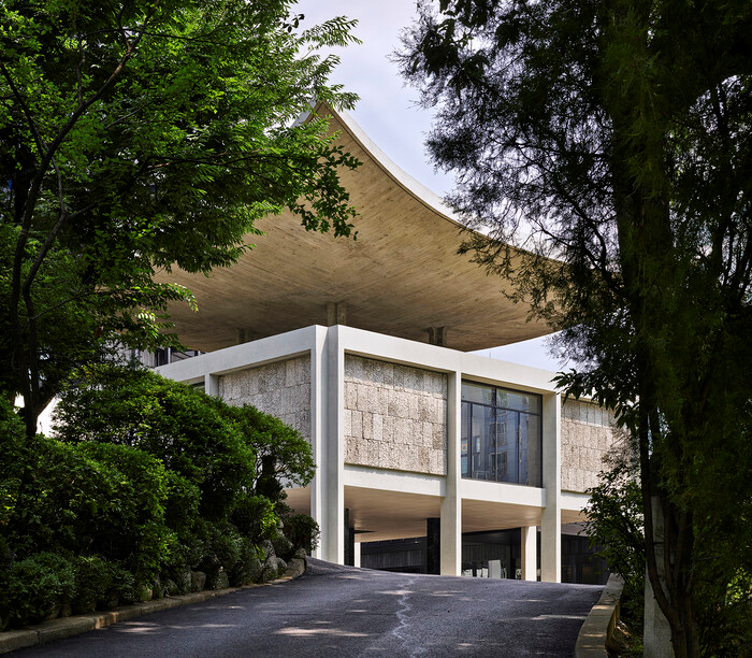
French Embassy in Seoul ⓒ Kim Yong-kwan

Designed in 1960 and completed in 1962, the French Embassy marked the turning point where Kim’s unique architectural vocabulary emerged—expressing the elegant curvature of Korean tiled roofs through modern materials. / Courtesy of Kim Chung-up Architecture Museum

French Embassy in Seoul / Photo: Maeil Business Newspaper
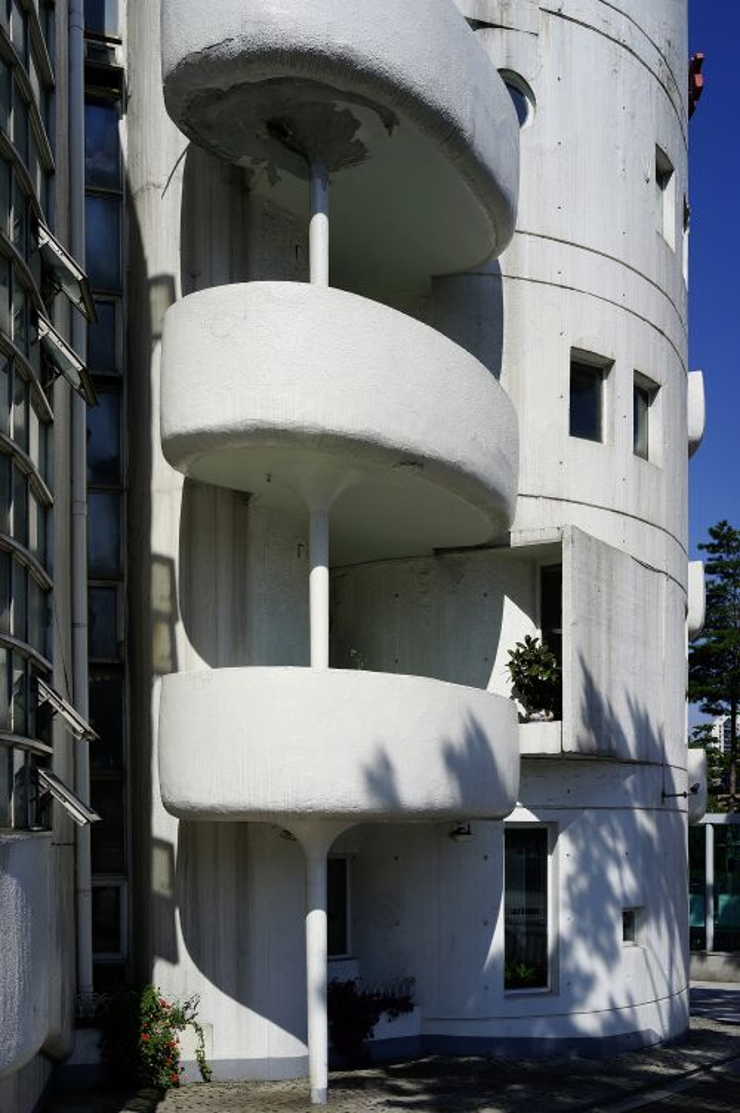
Seosan Women’s Clinic 2 ⓒ Kim Yong-kwan

The geometric curvature of Seo Byung-jun Obstetrics and Gynecology Clinic (1967) demonstrates Kim’s sculptural approach to spatial balance. / Courtesy of Kim Chung-up Architecture Museum
Three
Perspectives on the Exhibition
1. The First
Public Reveal of a Masterpiece
For the first
time, the Jinhae Naval Residence—completed in 1968
but never before opened to the public due to its military designation—is
unveiled through Kim Yong-kwan’s photographs. The building embodies Kim’s
language of proportion, material, and curvature, capturing the essence of his
modernist experimentation.
2. Space as
the Artwork Itself
Rather than a
conventional white cube, the exhibition unfolds within the very architecture it
celebrates. Both the French Embassy and Yeonhui Jeongeum serve as integral
parts of the exhibition, inviting visitors not merely to view
but to walk, listen, and experience architecture.
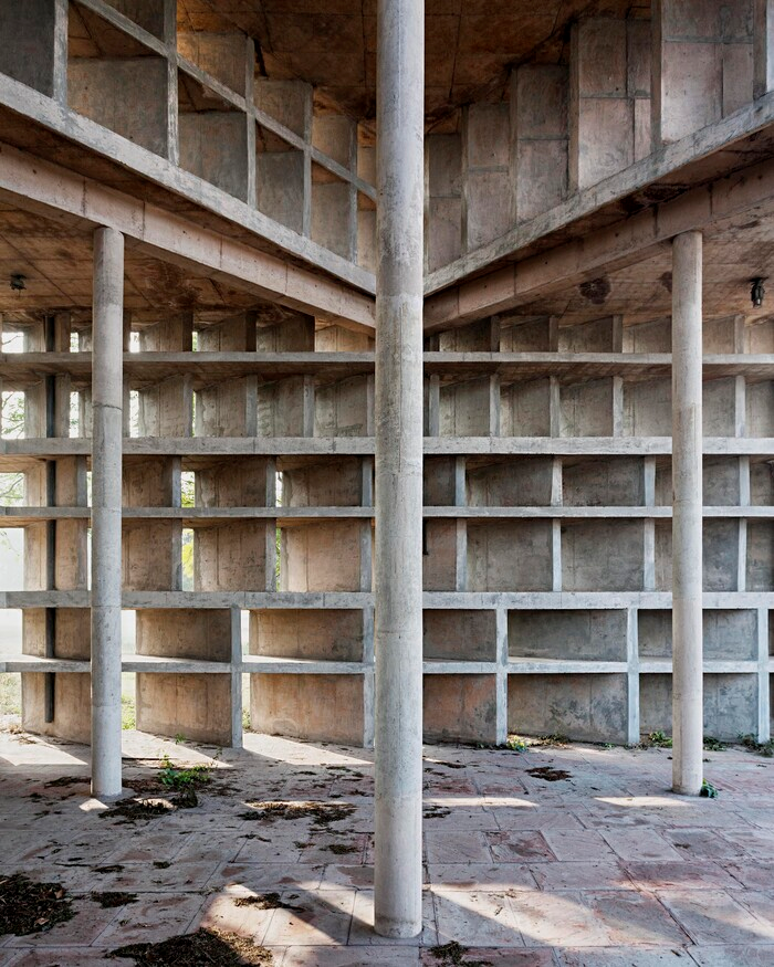
Chandigarh0820 ⓒ Manuel Bougot

Chandigarh2339 ⓒ Manuel Bougot
3. Two Gazes
that Record the Masters
Korean
architectural photographer Kim Yong-kwan and French
photographer Manuel Bougot, who has documented Le
Corbusier’s Chandigarh over decades, offer two distinct yet interwoven visions—each
transforming architecture into a language of memory.
Between
Tradition and Modernity
Kim Chung-up
embraced Western modernist principles but never resorted to imitation. He
breathed Korean sentiment into concrete, creating
what he called the “curvature of Korean time.”
The exhibition revisits this tension—between Le Corbusier’s universality and
Kim’s regional identity—revealing how the roots of modern Korean architecture
took shape between these two poles.
Exhibition
Information
Title:《Dialogue: The Fateful Encounter Between Two Architects – Kim
Chung-up × Le Corbusier Architectural Photography Exhibition》
Dates: November 7, 2025 – February 2026
Venues: Yeonhui Jeongeum (1–2F, 17-3 Yeonhimat-ro, Seodaemun-gu, Seoul),
French Embassy in Seoul
Hours: Tue–Fri 11:00–18:00 / Sat–Sun 11:00–19:00 (Closed on Mondays)
Contact: +82-2-324-5300
Organized by: Embassy of France in Korea, Institut Français, Ann Graphics, COMOR
Partners



